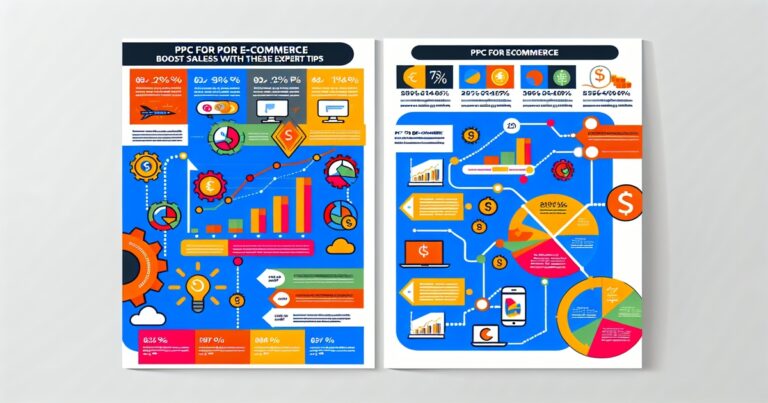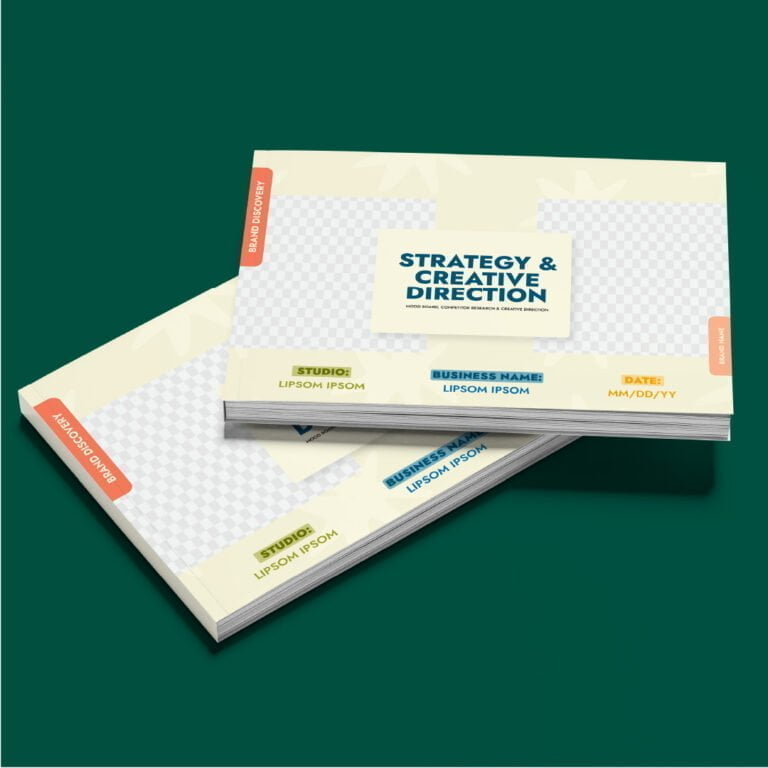As a freelance designer, you can set your own rates and choose the projects you want to work on. However, determining how much to charge for your services can be a challenge.
Pricing yourself too high may result in losing clients, while pricing too low may leave you struggling financially. That’s why mastering freelance design pricing is crucial for success.
Explanation of Freelance Design Pricing
Freelance design pricing refers to the process of setting fees for your creative services, such as graphic design, web development, or branding. Unlike traditional employment with a fixed salary, freelance designers determine their own rates based on factors such as expertise level and market demand. There are different types of pricing models that freelancers use to charge clients.
Some use an hourly rate and bill for every hour worked on a project. Others prefer project-based pricing where they consider the scope of work needed and set a lump sum fee upfront.
Importance of Mastering Pricing as a Freelancer
Mastering freelance design pricing is essential for your success as a freelancer because it allows you to sustainably earn income from your creative skills without getting exploited by clients or undervaluing yourself. Understanding how much you should charge will help you set fair prices for the value that you bring to each project. This not only helps you attract more clients but also positions you as an expert in your field who is worth premium rates.
In addition, mastering freelance design pricing also allows you to manage your finances more effectively. By accurately calculating how much money needs to come in each month from client work in order to support yourself financially in terms of bills and living expenses while still setting aside enough savings or investments toward achieving long-term goals like retirement planning or buying property etc…
Overview of the Article
This article aims at providing freelancers with tips on how to master pricing for their design services. We will start by discussing the factors that affect freelance design pricing, including experience level, type of project, timeframe, and client budget.
We’ll then explore the different pricing strategies that freelancers can use to charge clients, such as hourly rates and project-based pricing. We will also cover value-based pricing which considers factors such as the outcome of the project as well as other intangible benefits to the client.
Next, we’ll dive into tips for negotiating with clients on freelance design pricing. Setting clear expectations from the start and communicating your value proposition effectively are key elements to this process.
We will discuss common mistakes to avoid when setting your freelance design prices. By knowing what not to do in terms of underpricing or overpricing yourself while still taking into account all relevant factors like skillset and market rates etc., you can be confident in setting fair prices that reflect your true worth as a designer.
Understanding the Factors Affecting Freelance Design Pricing
Experience and Skill Level
When it comes to freelance design pricing, one of the most critical factors to consider is your experience and skill level. Clients expect to pay more for designers with more experience and a higher skill set.
Suppose you’re just starting as a freelancer; you may have to start by charging lower rates than someone who has been freelancing for years. Remember that your prices should increase as your skills and experience grow.
Type of Project and Scope of Work
Another critical factor that affects freelance design pricing is the type of project you will be working on. The type of project can vary significantly, from small-scale projects such as designing business cards to larger projects such as creating an entire branding strategy for a company. Therefore, it’s essential to consider the scope of work while designing pricing strategies, which include research, ideation, execution, revisions, etc., to ensure that clients are not undercharged or overcharged.
Furthermore, many projects require specific types of expertise or specialized software tools that might require additional charges on top of the base rate. For instance, design projects involving animation or 3D modeling may require specialized software licenses or additional equipment costs.
Timeframe and Deadlines
The timeframe required to complete a project can be another significant factor in freelance design pricing. Projects with shorter timelines may require you to work longer hours than usual, which could impact your hourly rate.
Setting up clear deadlines before agreeing on rates can help avoid misunderstandings or bad work relationships. Taking into account all factors at hand will enable freelancers to accurately calculate their worth and establish realistic project goals with clients.
Client Budget and Market Rates
yet importantly is clients’ budget constraints when making estimates while bidding for any project as per industry standards & market rates, which could assist in winning work and ensuring consistent workloads. However, it’s essential to be aware of the average market rates for your specific type of project and level of experience.
Ignoring these factors can lead to pricing your services too low or high, making it difficult to attract clients or sustain business operations over time. Mastering freelance design pricing requires understanding the various factors that impact the cost of a project, such as experience and skills required, type of project and scope of work, time frame & deadlines set by clients, and market rates & customer budget constraints.
Freelancers must accurately determine their worth while avoiding setting prices too low or high. With practice and keeping an eye on industry trends and changes in customer preferences can ensure any freelancer’s compensation stays relevant over time.
How to Determine Your Freelance Design Pricing Strategy
Determining your pricing strategy is a crucial step in becoming a successful freelance designer. The pricing strategy you choose will depend on the type of services you offer and your target market. Whether you decide to charge an hourly rate, a fixed price or value-based pricing will determine how you approach projects and interact with clients.
Hourly Rate vs Fixed Price
One of the most common ways freelance designers charge for their services is by an hourly rate or fixed price. Hourly rates tend to be more flexible, as they can be adjusted to fit different project requirements.
However, it’s important to make sure that your hourly rate covers all of your expenses, including overhead costs and taxes. On the other hand, fixed prices tend to be more straightforward for clients since they know exactly what they are paying upfront.
When setting a fixed price, it’s important to ensure that it covers all aspects of the project from start to finish so that there are no additional costs down the line. When deciding between hourly rates and fixed pricing, keep in mind that each option has its advantages and disadvantages so consider each carefully before making a decision.
Value-Based Pricing
Value-based pricing is a method where freelancers charge based on the value they provide rather than time spent on a project. This approach requires understanding what businesses or clients expect from your work and how important it is for them. Value-based pricing often results in higher fees because it tends to focus on delivering results rather than just completing tasks.
To implement value-based pricing successfully, begin by developing an understanding of what unique value you bring as a designer compared with competitors in your industry. Once you have this information at hand, offer services at premium prices with clearly defined benefits tied directly back into meeting client needs.
Project-Based Pricing
Project-based pricing is another way to charge for freelance design services. It works by setting a price for an entire project as opposed to billing clients on an hourly basis. Project-based pricing is a good option when you have a clear idea of how much time and effort will be involved in the project.
When selecting this type of payment structure, it’s important to break down the project into smaller tasks so that you can accurately determine how much time each step will take. This helps ensure that the overall fee reflects the work and resources needed to complete the entire project successfully.
Overall, determining your pricing strategy as a freelance designer requires careful consideration of your target market, skills, and experience level. Selecting the appropriate payment structure can help establish trust with clients and set expectations for both parties throughout the duration of each project.
Tips for Negotiating with Clients on Freelance Design Pricing
Setting Clear Expectations from the Start
One of the most important things to do when negotiating freelance design pricing is to set clear expectations from the very beginning. This includes establishing what services you will provide, how long it will take, and what your rates are. It is also important to be transparent about any potential additional expenses, such as stock images or revisions beyond a certain number.
Communicating Your Value Proposition Effectively
Communicating your value proposition effectively is key when negotiating with clients. This means expressing what sets you apart from other freelancers and emphasizing your unique skills and experience. Make sure to highlight any specialized training or certifications you have earned that make you an expert in your field.
Offering Flexible Payment Options
Another tip for negotiating freelance design pricing is offering flexible payment options. Some clients may prefer paying a flat fee upfront while others may prefer a payment plan or hourly rate. By offering multiple payment options, you can cater to a wider range of clients and increase your chances of securing jobs.
Common Mistakes to Avoid When Setting Your Freelance Design Prices
Underpricing Yourself
One of the most common mistakes freelancers make is underpricing themselves. While it can be tempting to lower rates in order to secure more work, this can ultimately hurt your business in the long run by devaluing your work and making it difficult to sustain profitability.
Overpricing Yourself
On the other hand, overpricing yourself can also lead to missed opportunities and lost clients. It’s important to research market rates for similar services and take into account factors like experience level, project scope, and client budget when setting prices.
Not Taking into Account All Relevant Factors
Another mistake to avoid when setting freelance design prices is not taking into account all relevant factors. This includes things like the cost of materials, software and hardware expenses, overhead costs, and the time it takes to complete a project. By overlooking these factors, you may end up underestimating your true costs and ultimately undervaluing your work.
Conclusion
Mastering freelance design pricing requires a deep understanding of the factors that affect pricing as well as effective negotiation skills. By setting clear expectations from the start, communicating your value proposition effectively, and offering flexible payment options, you can increase your chances of securing work at fair rates.
Avoiding common mistakes such as underpricing or overpricing yourself and taking into account all relevant factors will ensure that you are able to sustain profitability while providing high-quality services to clients. Remember that finding the right pricing strategy may take some trial and error but with persistence and dedication, you can achieve success as a freelance designer.








